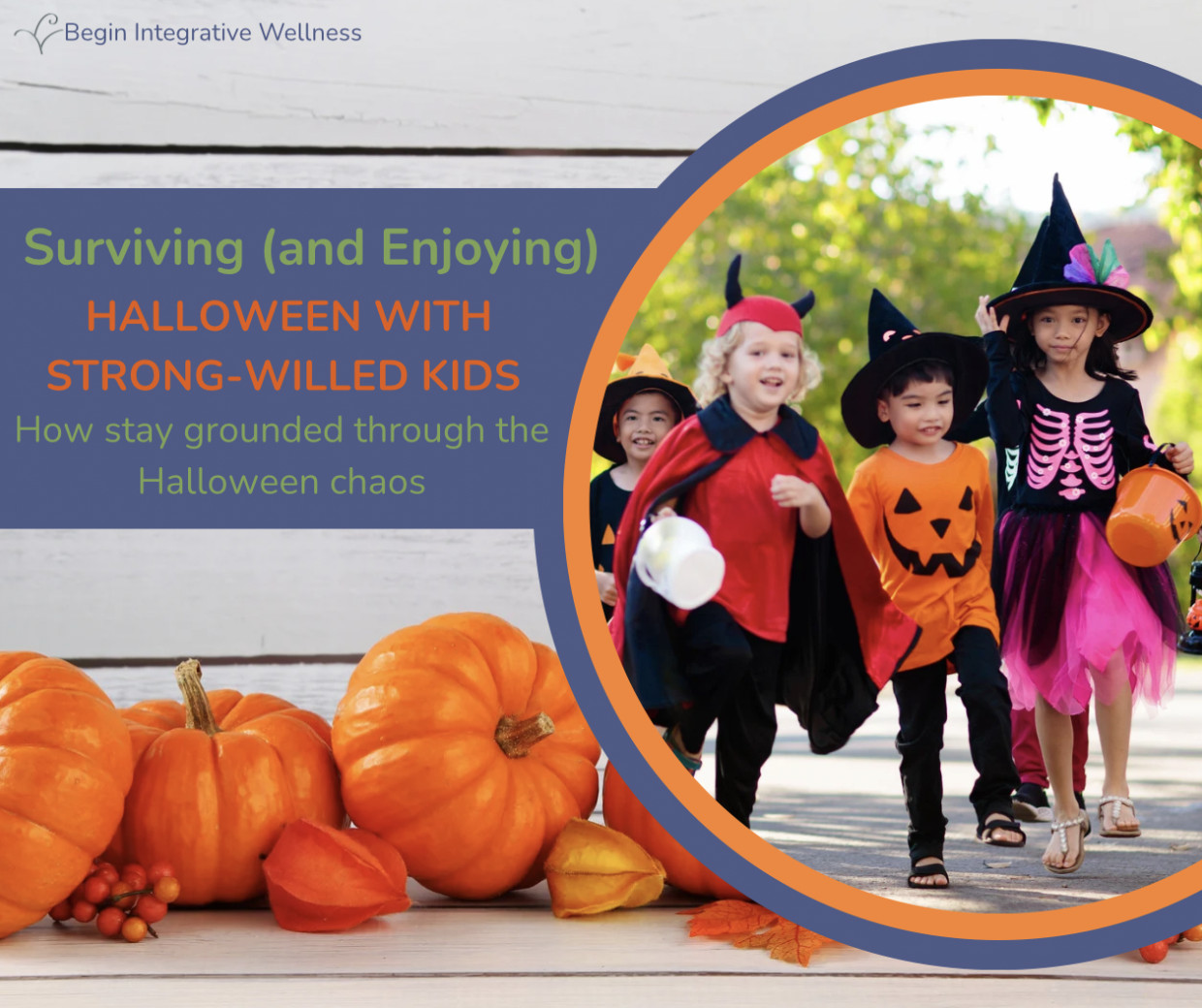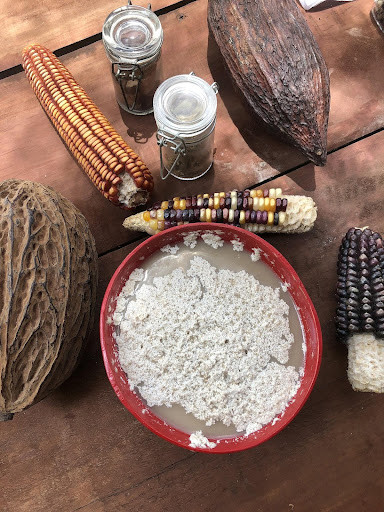
The October Panic
It’s mid-October, and the air is full of cinnamon, hayrides, and the promise of pumpkin patches. For many families I work with, it’s also the season of high anxiety. Parents are eager to share festivals, festive treats, and crisp outdoor adventures—but by the end of a single weekend outing, they’re exhausted, and their children are sugar-fueled, overstimulated, and utterly resistant.
I’ve watched it unfold countless times in my practice: a day meant for connection and fun derails into a meltdown marathon. Crowds, loud music, costume chaos, and candy overload light up sensory systems in ways that can feel impossible to manage. What starts as excitement quickly turns to conflict—and both child and parent feel trapped in a cycle of frustration.
The Core Challenge: Overstimulation in Action
Strong-willed children feel everything intensely, and sensory overload can make self-regulation feel out of reach. Research studies show that sugar, novelty, and chaotic environments - all things that disguise as fun- can trigger behavior that’s often mistaken for defiance—but is really the child’s nervous system crying for calm. What looks like a super special outing centered on “all the things my children love” is actually a massive trigger for “bad behavior” in SWCs. Their parents, who went out of their way to make a fun afternoon suddenly find themselves dealing with children who appear ungrateful and demanding rather than happy and appreciative. I can’t count the number of times I’ve heard frustrated parents say “I just dont understand what happened?! We were having so much fun!”. Sound familiar?
One family I work with recently arrived at a harvest festival only to find their child immediately overwhelmed by the sounds, sights, and treats. Within minutes, the melt downs began—yelling, pushing, and refusal to participate. It wasn’t “bad behavior,” it was a signal: the system was overloaded. Overstimulation is like a forest fire—small sparks like costumes, crowds, or candy can flare quickly if parents and children aren’t prepared. Validating the feelings behind the behavior, while keeping safety and connection at the forefront, is the first step toward calm.
Reframing the Struggle: From Reactive to Reconnected
Parents often react negatively themselves, thinking a “fun day” has failed. But here’s what I try to help families see: the goal isn’t perfect family outings—it’s building connection and trust in the midst of life’s messy moments. Trust grows when we begin to understand the triggers and choose response over reaction. I remind families that the greatest trust is built in the hardest moments. So, far from a fail, these challenging experiences can actually be huge wins.
One of the parents I support recently shared an awesome win about how she was able to salvage a near-disastrous outing with her strong-willed kiddo. By stepping back, coaching herself through her own process, and then quietly guiding her kiddo to a calm space she transformed the entire experience. The meltdown didn’t vanish instantly—but connection was preserved, and trust grew. The best part was that both Mom and kiddo were super proud!
Building trust where it would be easy to breakdown connection requires intentional steps. It asks us to reframe the struggle, seeing behavior as communication rather than as defiance. It’s about creating an anchor for both ourslves and our child: acknowledging overwhelm, maintaining safety, and moving forward together. When families practice this approach consistently, these chaotic fall days become training grounds for resilience rather than sources of stress.
Actionable Steps: Regulation Tools for Real Life
Here are a few strategies that families find helpful when fall festivities risk going sideways:
- Quick Win: Pack a “Sensory Reset Kit.” A quiet corner, headphones with nature sounds, or a small fidget object can prevent an overload from escalating. Tailor the kit to your child’s age, preferences, and needs (and no, this doesnt require a giant hiking pack!).
- Daily Practice: Take a brief “Gratitude Walk” (with or without your SWC!). Observing the leaves, cool air, or simple joys can anchor energy and model calm for children.
- Connection Tip: Model emotion regulation out loud: “I’m feeling a little overwhelmed; let’s take a break together.” This validates experience and demonstrates manageable coping without triggering the all-too-typical SWC defensiveness and denials.
Key Takeaways and Inspiration
- Behavior is communication—see the signal behind the outburst.
- Preparation and anticipation prevent sparks from igniting the forest fire.
- Connection, safety, and trust matter more than a perfectly executed outing.
By practicing skills like these, come mid-October, transitions will have gotten a bit easier. Families I work with who integrate these strategies consistently see the shift: festivals become shared experiences, sugar highs are navigated with more grace and less frustration, and parents gain confidence in their ability to guide rather than chase. What’s one small step you can take this week to turn potential chaos into connection?
Fall festivities often bring overstimulation—for kids and parents alike. Strong-willed children are more sensitive to sensory overload and sugar, which can spark emotional meltdowns. Instead of reacting, prepare ahead:
- Recognize behavior as communication, not defiance.
- Use sensory reset tools and grounding walks to stay balanced.
Model calm by naming your own feelings and taking breaks together.
The goal isn’t perfect parenting—it’s building trust and resilience, one calm recovery at a time.
The goal isn’t perfect parenting—it’s building trust and resilience, one calm recovery at a time.
___________________
Begin Within
and align with the rhythm of nature and self.













0 Comments